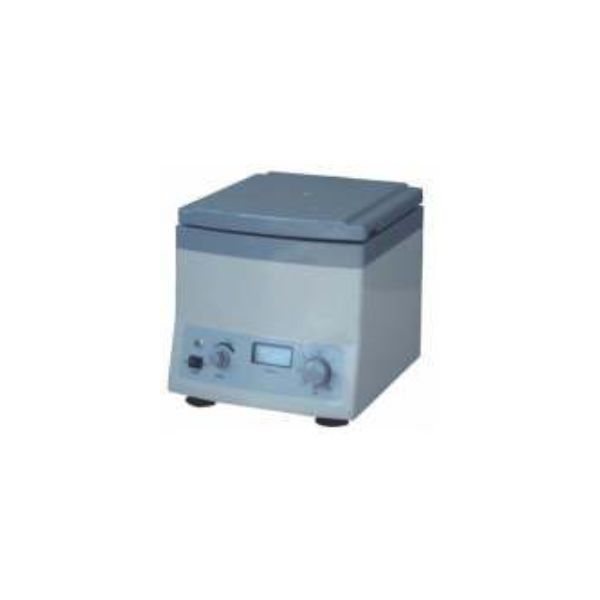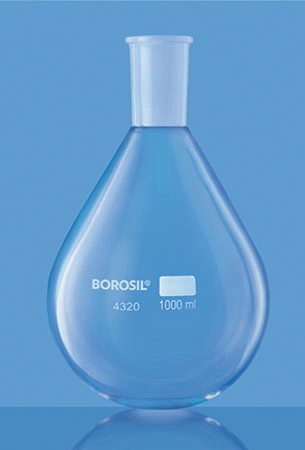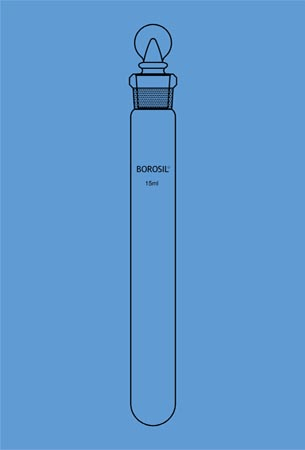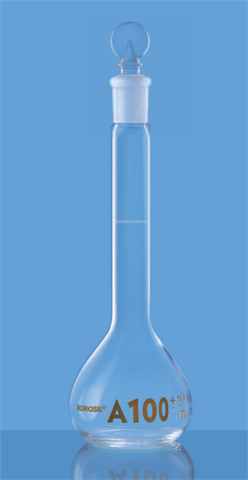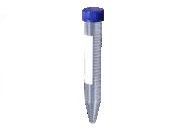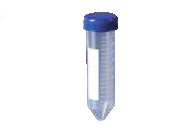Everything You Need to Know About Chemistry Laboratory Apparatus
If you’re learning chemistry in school, you may have noticed that the lab work can be pretty intricate and tedious. Chemistry is an experimental science and can be very challenging when you’re just starting out, especially if you haven’t had any lab experience before. But don’t let all the complicated equipment intimidate you! There are plenty of items to help make your experience easier, safer, and more efficient in your chemistry laboratory at home or in your classroom.
A centrifuge is a device that uses centrifugal force to separate various components of a fluid. This is achieved by spinning the fluid at high speed within a container, thereby separating fluids of different densities (e.g. cream from milk) or liquids from solids.
-

UV-46 COMPACT LABORATORY CENTRIFUGE DIGITAL,, MAXIMUM SPEED 4200 RPM, 8x15ml, Swing Out Head (POR), 12x15ml, Angle Head (POR), 8x15ml Angle Head (POR)
Rated 5.00 out of 5Read more -


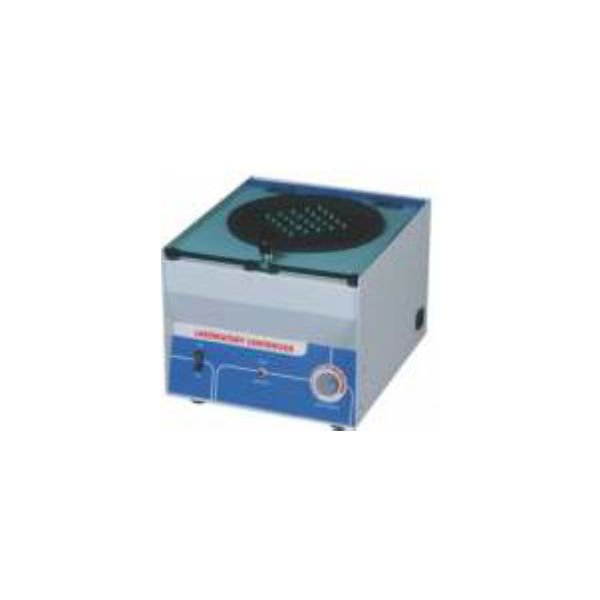
UV-45 SERUM CENTRIFUGE MACHINE DIGITAL, 8 x 15ml, Swing Out Head (POR) , 12 x 15ml, Angle Head (POR), 16 x 7ml Angle Head (POR)
Rated 5.00 out of 5Read more -


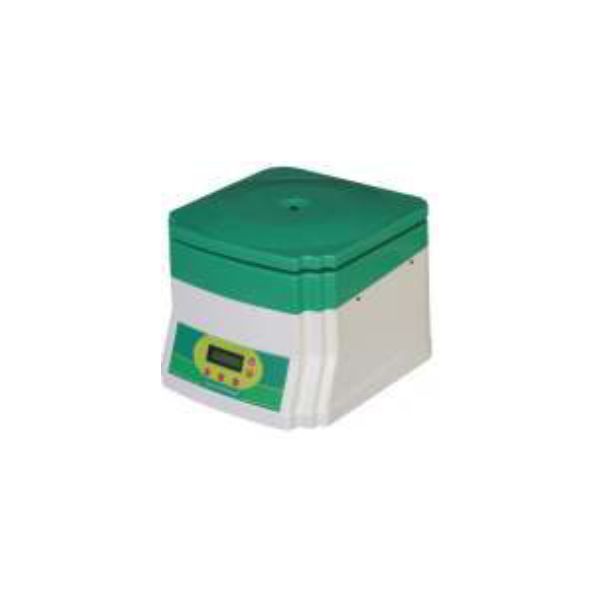
UV-44 CENTRIFUGE MACHINE BENCH TOP
Rated 5.00 out of 5Read more -


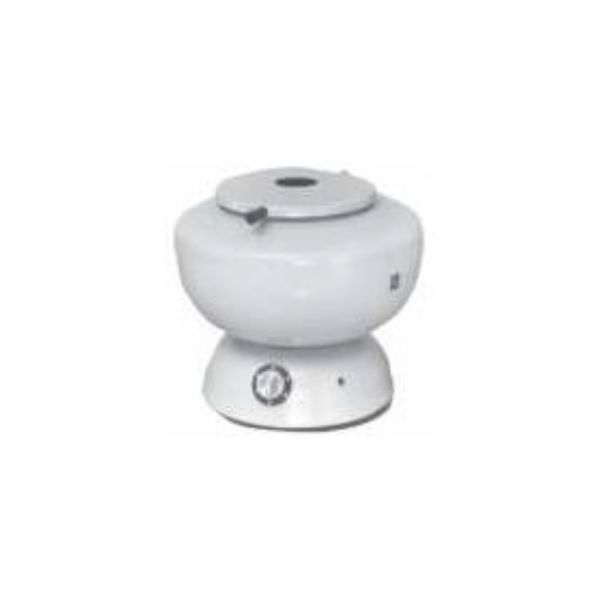
UV-43 CENTRIFUGE MACHINE HANDI MODEL
Rated 5.00 out of 5Read more
The Erlenmeyer flask, also known as a conical flask, is one of the most common pieces of glassware found in laboratories. It is used for a variety of tasks such as mixing, heating, and storing solutions. The narrow neck and wide body make it easy to grip and pour from, and the flat bottom prevents it from tipping over.
Water Bath/Buchner Funnel
A water bath is a piece of laboratory equipment used to heat liquids. Water baths are also known as hot plates. A Buchner funnel is a piece of laboratory equipment used to filter liquids.
-


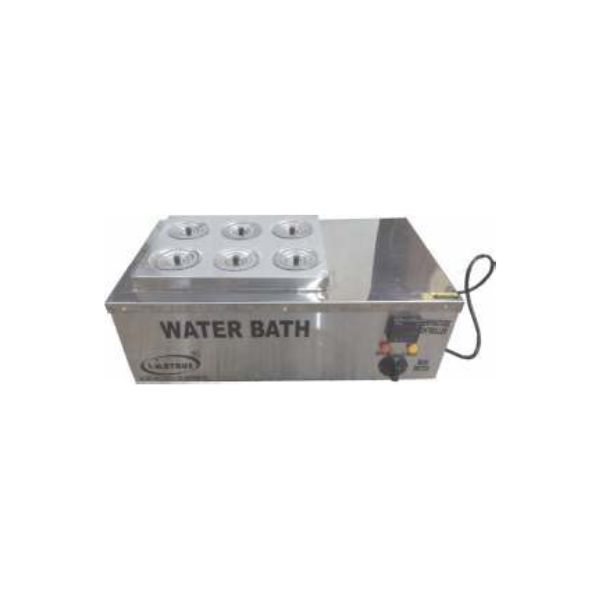
UV-07 WATER BATH RECTANGULAR (Double Wall), (300 x 250 x 100)mm
Rated 5.00 out of 5Read more -



UV-07 WATER BATH RECTANGULAR (Double Wall), (355 x 405 x 100)mm
Rated 5.00 out of 5Read more -


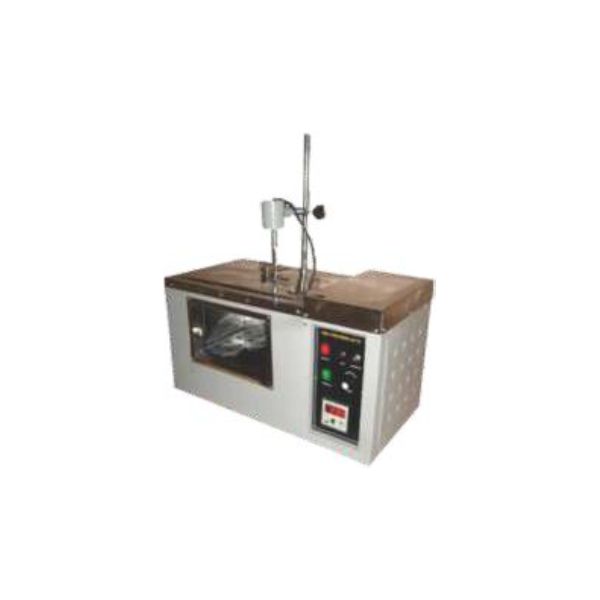
UV-08 WATER BATH PRECISION (Constant Temp. Control), (425 x 250 x 225)mm
Rated 5.00 out of 5Read more -



UV-08 WATER BATH PRECISION (Constant Temp. Control), (450 x 375 x 375)mm
Rated 5.00 out of 5Read more
Beaker
A beaker is a simple container used to hold, mix, and heat liquids. Beakers come in a variety of sizes, but they all have a flat bottom and straight sides that taper slightly towards the top. Beakers are made of glass or plastic, and have a spout for easy pouring.
Bunsen Burner
A Bunsen burner is a common piece of equipment found in most chemistry laboratories. It is used to heat up chemicals and can reach temperatures up to 900 degrees Celsius. The Bunsen burner is named after Robert Bunsen, who invented it in 1855.
-


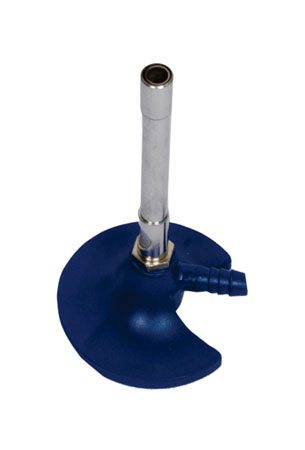
Bunsen burner, Zinc PDC base with 11mm brass pipe for L.P.G
₹1,070 Add to Cart -



Bunsen burner, Zinc PDC base with 13mm brass pipe for L.P.G
₹1,070 Add to Cart -


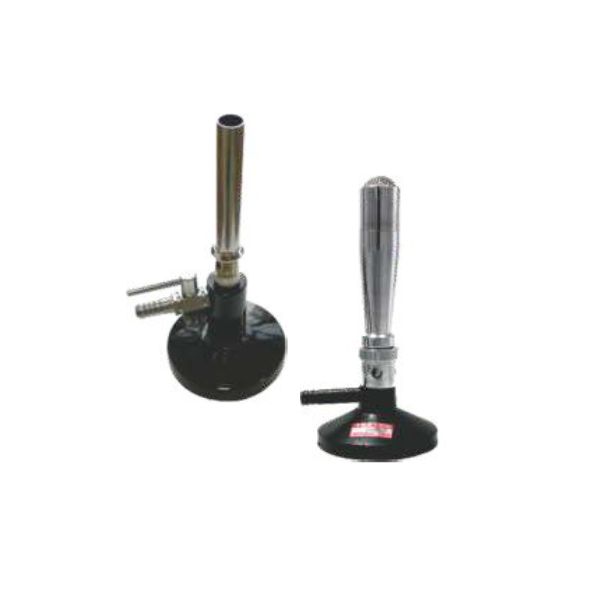
UV-80 BUNSEN BURNER, Bunsen Burner without Stopcock, Cat. No. 80/01
Rated 5.00 out of 5Read more -



UV-80 BUNSEN BURNER, Bunsen Burner with Stopcock LPG, Cat. No. 80/02
Rated 5.00 out of 5Read more
Lab Lamp (Double Bulb)
The lab lamp is one of the most important pieces of equipment in a chemistry laboratory. It is used to provide light for experiments and can be adjusted to provide different intensities of light. The double bulb design helps to evenly distribute the light and prevent shadows from forming.
Test Tubes with Clamp
Test tubes are one of the most basic and essential pieces of laboratory equipment. They are used to hold small amounts of liquids or solids for mixing, heating, or observation. Test tubes come in a variety of sizes, but most have a capacity of 10-15 mL. They have a narrow neck and round bottom, which makes them easy to grip with a clamp.
Volumetric Flasks
A volumetric flask (measuring flask or graduated flask) is a piece of laboratory apparatus, a type of laboratory flask, calibrated to contain a precise volume at a certain temperature. Volumetric flasks are used for precise dilutions and preparation of standard solutions. These flasks are usually pear-shaped, with a flat bottom, and made of glass or plastic. The flask’s mouth is either furnished with a plastic snap/screw cap or fitted with a joint to accommodate a PTFE or glass stopper. The neck of volumetric flasks is elongated and narrow with an etched ring graduation marking. The marking indicates the volume of liquid contained when filled up to that point. The marking is typically calibrated “to contain” (marked “TC” or “IN”) at 20 °C and indicated correspondingly on a label. The flask’s label also indicates the nominal volume, tolerance, precision class, relevant manufacturing standard and the manufacturer’s logo. Volumetric flasks are of various sizes, containing from 1 milliliter to 20 liters of liquid.
Centrifuge Tubes
Centrifuge tubes are used to contain liquids during centrifugation, which separates the sample into its components by rapidly rotating it around a fixed axis.
Most centrifuge tubes have conical bottoms, which help collect any solid or heavier parts of the sample being centrifuged. Centrifuge tubes must also be able to withstand the centrifugal pressure created during their use, and their specifications may indicate the maximum speed at which they can be safely used.
